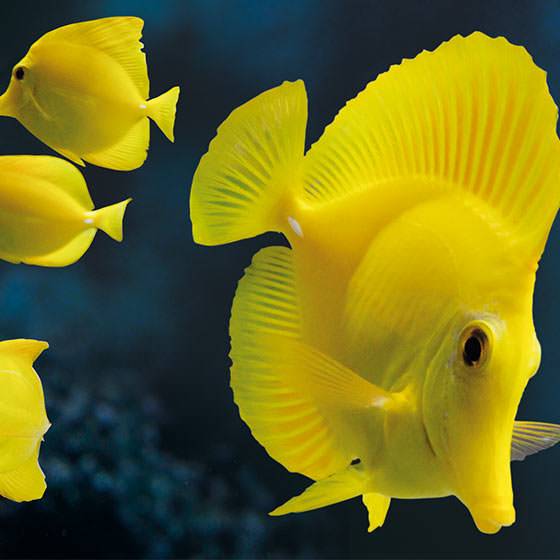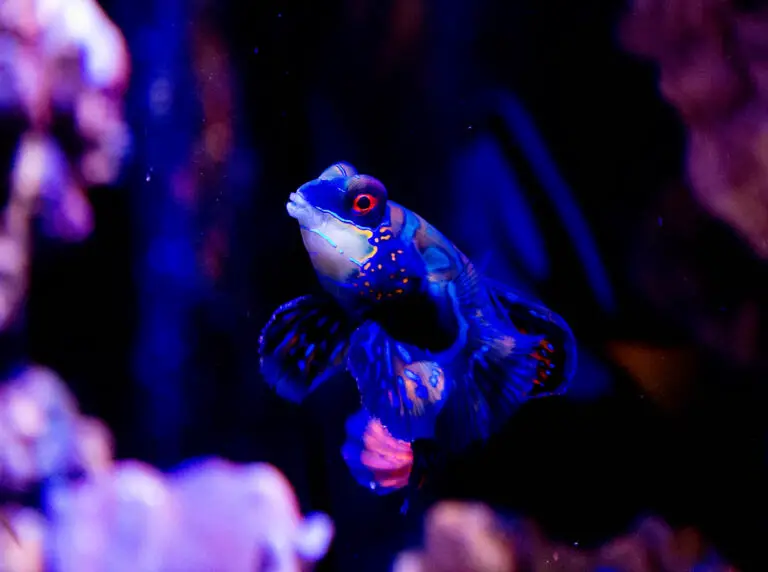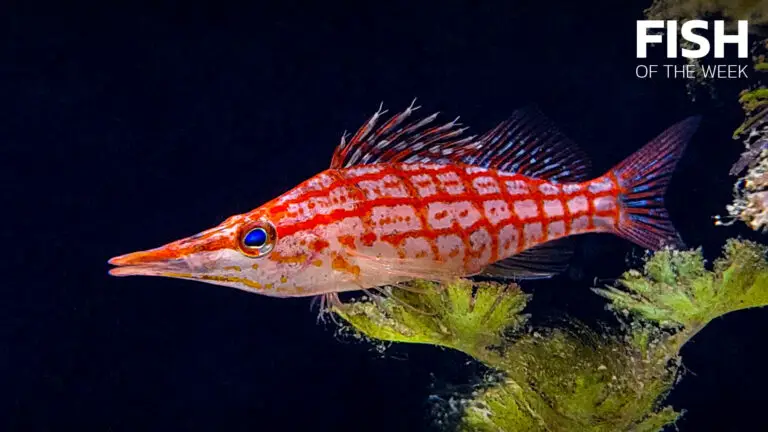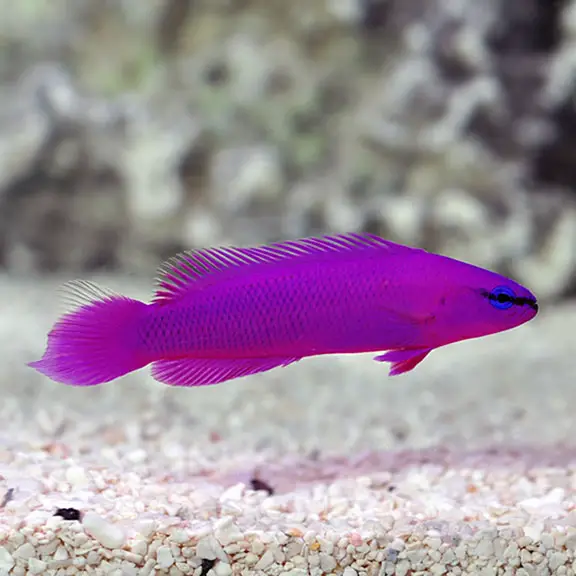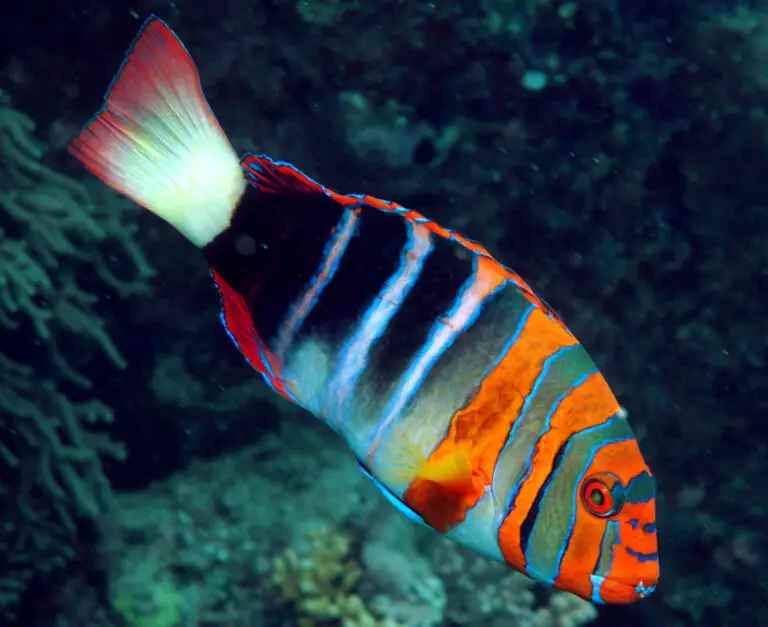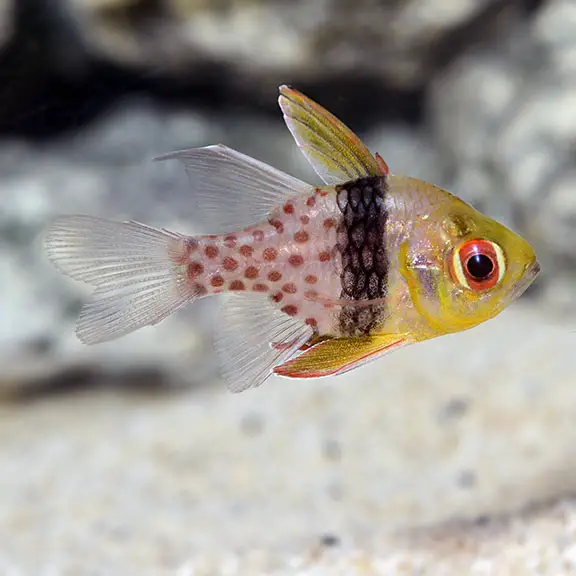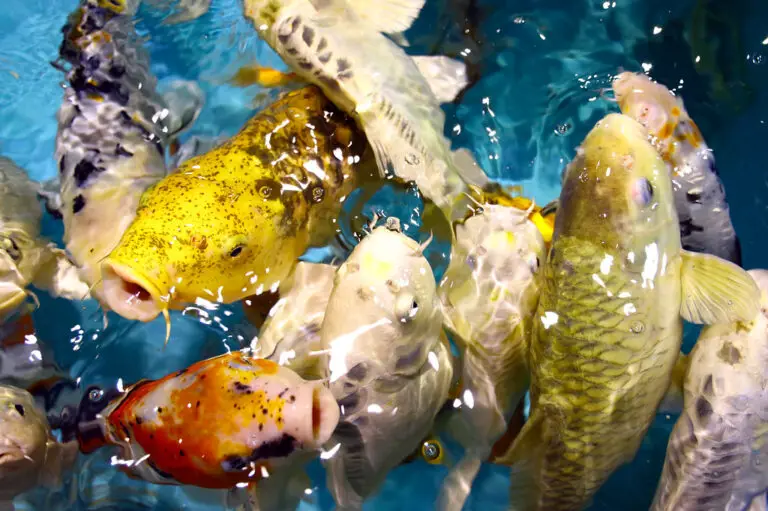Yellow Tang: Brightening Up Your Saltwater Aquarium with Sunshine
Colorful, vibrant, and known for their active and personable nature, Yellow Tangs are like a ray of sunshine in the underwater world of saltwater aquariums. For many aquarists, they are a must-have species thanks to their bright yellow hues and algae-eating habits that keep your tank both visually pleasing and well-maintained. In this guide, we will explore why Yellow Tangs have earned their place in the hearts and tanks of hobbyists worldwide.

Yellow Tang Overview
The Zebrasoma flavescens, commonly known as the Yellow Tang, is a member of the Surgeonfish family. Their characteristic bright yellow color and energetic swimming style make them easily recognizable. In this section, we’ll take a closer look at the physical traits, natural habitat, and behavior patterns of these captivating creatures.
Physical Characteristics
Yellow Tangs are distinguished by their oval body shape, sharp dorsal and anal fins, and a continuous caudal fin that spans the length of their body. They boast a striking lemon hue that stands out even in the largest of aquariums. Upon closer inspection, their scales glimmer like gold, and in the right light, they appear to radiate with a sunlit glow.
Habitat in the Wild
Originating from the Pacific Ocean, Yellow Tangs are commonly found in the waters surrounding Hawaii. They prefer the shallow coastal regions with plenty of sunlight and a variety of algae species, which they feed on throughout the day. These fish are known to school, seeking safety in numbers, especially during their juvenile stage.
Behavior in Captivity
When acclimated to their new home, Yellow Tangs quickly become the stars of any saltwater aquarium. Their captivating movements and active swimming patterns add life to the tank. They are generally peaceful towards other tank inhabitants but can display aggression towards their own kind if kept in close quarters.
Care and Tank Requirements
A healthy environment is crucial for the well-being of your Yellow Tang. In this section, we’ll discuss the essential elements that will keep your fish thriving in captivity.
Water Parameters
Maintaining the correct water parameters is vital. Yellow Tangs prefer their water on the warmer side, with temperatures between 74°F and 82°F. Salinity levels should match the ocean’s at 1.020 to 1.025. Ammonia and nitrite levels must remain at zero, and nitrates should be kept as low as possible, ideally below 10 ppm. Proper pH and carbonate hardness are also necessary for the health of your tang.
Tank Size and Setup
Given the relatively large size of Yellow Tangs (adults can grow up to 8 inches in length), a spacious tank is non-negotiable. A minimum tank size of 100 gallons is recommended for a single tang, with additional 50 gallons per fish if you plan to keep multiple individuals. They require plenty of open space for swimming, as well as hiding spots for security and to rest.
Diet and Feeding Habits
The diet of a Yellow Tang is largely herbivorous, with a focus on different types of marine algae. A high-quality flake or pellet food formulated for herbivorous fish should be supplemented with fresh greens such as seaweed and algae sheets. Regular feedings throughout the day to mimic their natural grazing habits can help reduce stress and prevent aggressive behavior.
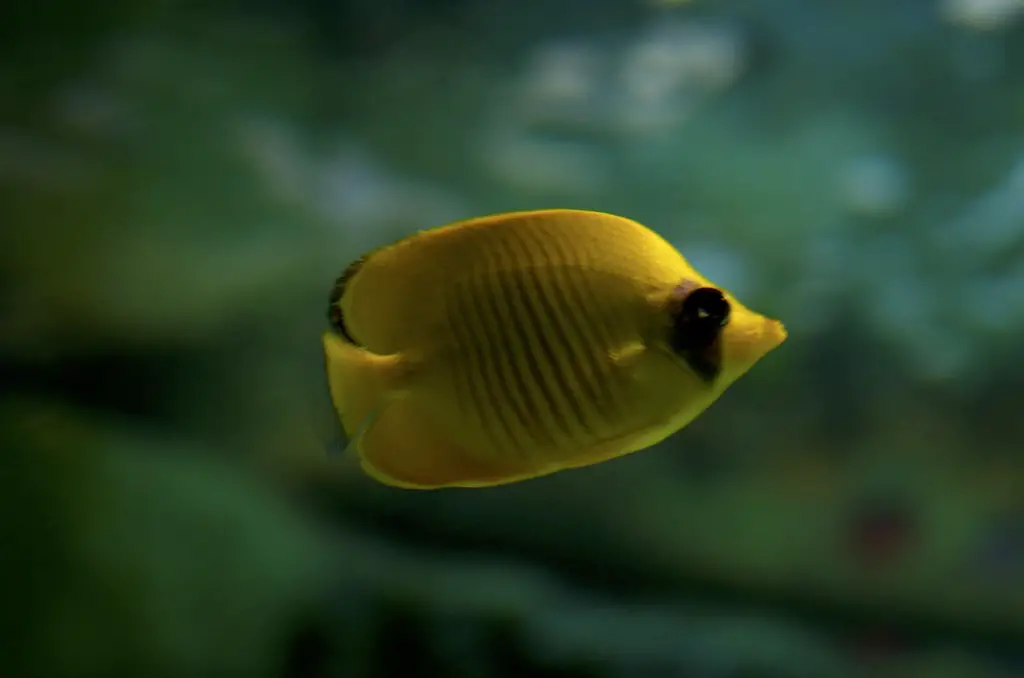
Benefits of Keeping Yellow Tang
More than just a flash of color in your aquarium, Yellow Tangs offer numerous advantages that make them a valuable addition to any saltwater tank.
Algae Control
One of the most significant benefits of keeping a Yellow Tang is their insatiable appetite for algae. They will eagerly consume hair algae, film algae, and bryopsis, helping to keep your tank clean and free of unsightly growths. This natural algae control not only saves you the hassle of manual cleaning but also promotes a balanced ecosystem within the tank.
Compatibility with Other Fish
In the right setup, Yellow Tangs can coexist with a wide range of tank mates. Their peaceful nature makes them well-suited for community tanks, particularly those with other non-aggressive species. However, it’s important to introduce tank mates carefully and monitor any new interactions closely to ensure the well-being of all residents.
Aesthetics in the Aquarium
Yellow Tangs are a stunning addition to any saltwater tank. Their vibrant coloration and graceful movements add visual interest and a touch of the ocean’s natural beauty. Their active nature also means there’s always something happening in the part of the tank they inhabit, delighting observers of all ages.
Tips for Healthy Yellow Tang
Ensuring your Yellow Tang remains healthy and happy involves more than just meeting basic care requirements. Here are some additional tips to consider.
Disease Prevention
Yellow Tangs are susceptible to common saltwater fish diseases such as ich and marine velvet. To prevent outbreaks, it’s important to quarantine new fish and be vigilant about maintaining a healthy environment. Regular observation can help you detect early signs of illness, and swift action can make a significant difference in the outcome.
Behavioral Enrichment
In the wild, Yellow Tangs spend their days grazing on algae and swimming in the open water. Providing a varied diet and different types of algae can enrich their environment and stimulate natural behaviors. Introducing mirrors or suitable tank mates can also offer mental stimulation, as these fish are known to be curious and social.
Monitoring Water Quality
Consistent monitoring of water parameters is indispensable. Invest in reliable testing kits and adhere to a strict maintenance schedule. Small, frequent water changes can help to stabilize conditions and maintain a high level of water quality, which is essential for the long-term health of your tang.
Conclusion
The Yellow Tang is more than just a visually striking fish species. They are dynamic, beneficial inhabitants that contribute to the health and appeal of your saltwater aquarium. By providing a suitable environment, a balanced diet, and attentive care, you can ensure that your Yellow Tang thrives and brings endless joy to your underwater world. Consider the tips and insights shared in this guide as you brighten up your tank with a touch of yellow – the color of sunshine – through these captivating marine creatures.
